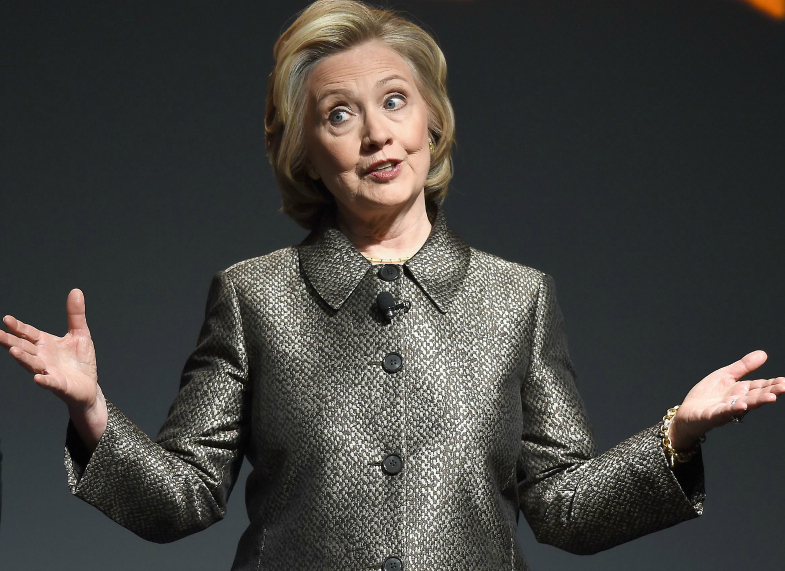If Donald Trump becomes the Republican nominee, how difficult would it be for him to be elected president? To understand the challenge, it is worth looking at the electoral map. Any Republican nominee faces some significant challenges.
A candidate needs 270 electoral votes to be elected president. Hillary Clinton starts with a significant advantage since there are 18 states and the District of Columbia that have voted Democratic in every presidential election since 1988. They are New England states (except New Hampshire) and a number of other Eastern states (Delaware, Maryland, New Jersey, New York, and Pennsylvania). They also include states in the upper Midwest (Illinois, Michigan, Minnesota, and Wisconsin). And they also include the West Coast states (California, Hawaii, Oregon, and Washington).
These 18 states and D.C. total 242 electoral votes. Hilary Clinton only needs to find 28 more electoral votes in order to achieve the 270 electoral votes. If Donald Trump cannot challenge in any of these blue states, then he must keep all the red states and nearly run the table on most of the toss up states (like Florida, Ohio, and Virginia).
America’s demographic makeup is another significant challenge. President Obama received over 90 percent of the African-American vote and over 70 percent of the Hispanic-American vote. Hillary Clinton may not do quite as well but her vote percentages will certainly be close to those of candidate Barack Obama.
Will Donald Trump receive more than 10 percent of the Black vote? Perhaps, but that is doubtful. Will he receive more than 30 percent of the Latino vote? That is certainly unlikely since Donald Trump’s negatives among Hispanics are the highest of any Republican candidate.
Once you look at the electoral map, you can see why many question whether Donald Trump could win in November.
 Listen Online
Listen Online Watch Online
Watch Online Find a Station in Your Area
Find a Station in Your Area









 Listen Now
Listen Now Watch Online
Watch Online
